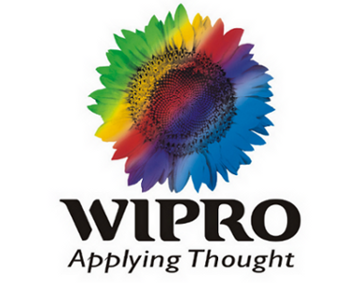Virtual Reality also known as V.R.,artificial reality,and virtual environments, is an artificial environment created with computer hardware and software and presented to the user in such a way that it appears and feels like a real environment.It is the simulation of real or imagined environment that can be experienced visually in the three dimensions of width,height,depth and that may additionally provide an interactive experience visually in full real-time motion with sound and possibly with other forms of feedback.The simplest form of virtual reality is a 3-D image that can be explored interactively at a personal computer.Most of these images require installing a plug-in for your browsers.
Virtual Reality can be divided into:-
- The simulation of real environments such as the interior of a building or a spaceship often with the purpose of training or education.
- The development of an imagined environment , typically for a game or educational adventure.
Popular products for creating virtual reality effects on personal computers include Bryce, Extreme 3D, Ray Dream Studio, TrueSpace, 3DStudio MAX, and Visual Reality.
The Virtual Reality Modelling Language(VRML) allows the creator to specify images and the rules for their display and interaction using textual language statements.
Virtual Reality uses hardware and software
2. Gloves(DataGlove)- have sensors that collect data about hand movement.
3. Software(Body Electric)- interactive sensory to immerse into computer-generated world.
Types of Virtual Realities
- The first is perhaps the most familiar. It consist of a helmet which has small TV screen and earphones fitted into it, and a glove (some system use a joystick or wand instead of a glove).The helmet and glove are linked to computers which are programmed with special sounds and graphics.
- The second form of virtual reality uses video cameras to track the image of the user in a virtual world where you can also pick up or move objects. Both these VR systems allow more than one person to take part at the same time.
- The final type of VR is where three-dimensional images are played on a large,curved screen. The shape of the screen helps to give you a greater sense of being in the virtual world. By wearing special 3-D glasses , this effect can be greatly improved.
Uses of Virtual Reality
There are many common applications for virtual reality. They fall into the main categories of training, education, simulation, visualization, conceptual navigation, design and entertainment but there is much overlap between these categories:
1. Training applications include allowing uses to practice a process repeatedly in a no-risk environment. For example , user might dig an archaeological site, trying out different strategies without the risk of destroying important evidence.2. Educational applications include virtual visits and simulations. For example, a virtual visit to a museum that is too far away to visit or does not exist in the real world.
3. Visualisation examples include an architect’s design for a building or the reconstruction of ancient buildings from archaeological evidence. Such models also allow users to explore something too large or too small to explore in reality and can bring historical time –lines to life.
4. Applications of virtual reality for conceptual navigation enable, for example, users of a library or archive to find the information they need at a logical or physical level.
5. Virtual Reality allow designs to be visualised and tested. For example, a design application might allow a choregrapher to see a dance in action.
6. Entertainment applications include virtual art galleries and games. Virtual Reality may also be considered as an art form in its own right.
7. Collaborative Virtual Environment(CVEs) allow users to interact with each other in a virtual world allowing the development of virtual communities, thus adding a new dimension to virtual reality.



